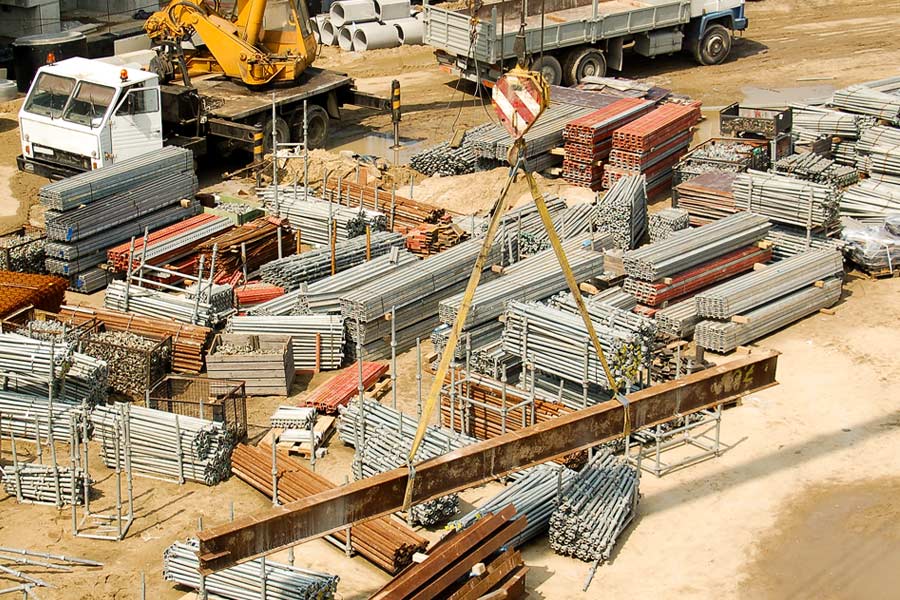Cement is a widely used construction material known for its strength and durability. However, one common concern is its resistance to rainwater. In this blog post, we will delve into the science behind cement's rainproofing abilities and explore the factors that determine how long it takes for cement to become rainproof.
- Understanding Cement Composition:
To comprehend cement's rainproofing capabilities, it is essential to understand its composition. Cement is primarily composed of limestone, clay, and gypsum. When mixed with water, these materials undergo a chemical reaction called hydration, resulting in the formation of a solid matrix known as hydrated calcium silicate. - The Role of Hydration:
Hydration is a crucial process that contributes to cement's rainproofing abilities. As water is added to the cement mixture, it reacts with the compounds present, forming a network of interlocking crystals. This process strengthens the cement and enhances its resistance to external elements, including rainwater. - Curing Time and Rainproofing:
The curing time of cement plays a significant role in determining its rainproofing capabilities. During the curing process, the cement gradually gains strength and becomes more resistant to water penetration. However, it is important to note that complete rainproofing may not be achieved immediately after curing. - Factors Affecting Rainproofing Time:
Several factors influence the time it takes for cement to become rainproof. These include:
a. Cement Type: Different types of cement, such as Portland cement or slag cement, have varying curing times and rainproofing abilities.
b. Environmental Conditions: Temperature, humidity, and air circulation can impact the curing process. Warmer temperatures generally accelerate curing, while excessive moisture or extreme temperatures may hinder it.
c. Cement-to-Water Ratio: The proportion of water used during mixing affects the hydration process. An optimal ratio ensures proper hydration and enhances rainproofing. - Testing Rainproofing:
To determine if cement is rainproof, various tests can be conducted. One common method is the water penetration test, where a controlled amount of water is applied to the cured cement surface. The time taken for water to penetrate the cement indicates its rainproofing capabilities. - Achieving Optimal Rainproofing:
To ensure optimal rainproofing, it is crucial to follow recommended practices during cement application. These include:
a. Adequate Mixing: Properly mixing cement with water ensures uniform hydration and enhances rainproofing abilities.
b. Curing Conditions: Maintaining suitable curing conditions, such as temperature and humidity, promotes efficient hydration and strengthens the cement.
c. Surface Protection: Applying additional protective coatings or sealants can further enhance the rainproofing abilities of cement.
Conclusion:
Cement's rainproofing abilities are a result of the hydration process, which strengthens the material and reduces water penetration. The time it takes for cement to become rainproof depends on factors such as cement type, curing conditions, and the cement-to-water ratio. By understanding these factors and following recommended practices, builders and homeowners can ensure long-lasting and effective rainproofing of cement structures.


